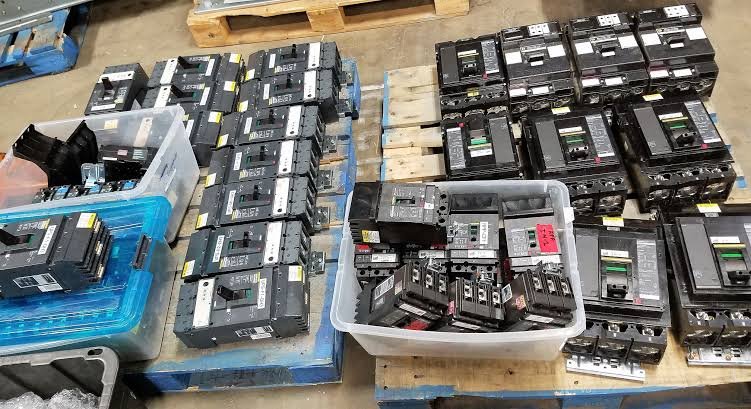As technology advances, the demand for electrical equipment continues to grow. From smartphones to computers to refrigerators and air conditioners, electrical equipment is used extensively across the globe. While these devices have made our lives easier, the environmental impact of producing and disposing of them is a growing concern.
The Production Impact
Manufacturing electrical equipment requires a significant amount of energy and resources. For instance, the production of a single computer requires over 240 kg of fossil fuels, 22 kg of chemicals, and 1.5 tonnes of water. Additionally, the mining of raw materials such as rare earth metals, copper, and gold contributes to deforestation, water pollution, and hazardous waste.
Furthermore, the disposal of electronic waste from discarded electrical equipment is a growing environmental concern. E-waste can release harmful chemicals, such as lead and mercury, into the soil and waterways, presenting a threat to both human health and the ecosystem. To address these issues, manufacturers need to prioritize sustainability and adopt more eco-friendly production practices and opt for ways like to sell electrical surplus supply to reduce waste and increase recycling.
The Disposal Impact
Electrical equipment has a limited lifespan, and it is estimated that over 50 million tonnes of electronic waste (e-waste) is produced every year. E-waste contains hazardous materials such as lead, mercury, and cadmium, which can contaminate the soil and water sources if not disposed of properly.
Therefore, it is important to properly dispose of electronic waste to prevent environmental and health hazards. Many countries have established policies and regulations for the collection, recycling, and disposal of e-waste. Consumers can also take steps to reduce e-waste by properly maintaining and repairing their electronic devices, donating or selling them instead of throwing them away and purchasing products with longer lifespans and sustainable materials. By responsibly managing e-waste, we can protect our planet and ensure a safer future for future generations.
The Solution
Various measures can be taken to reduce the environmental impact of selling electrical equipment. One such method is designing products with energy efficiency in mind. This can be achieved through the use of renewable energy sources, reducing the size of devices, and designing products that are easily repairable.
Another critical measure is proper recycling and disposal of electronic waste. This can be done by implementing take-back programs, where manufacturers are responsible for taking back and recycling their own products. It is also essential to educate consumers on the importance of proper disposal and recycling of electronic waste. Additionally, using eco-friendly packaging materials and reducing packaging size can also help in reducing the environmental impact of selling electrical equipment. Overall, a combination of these measures can help in creating a more sustainable and environmentally friendly approach to selling electrical equipment.
The Bottom Line
As the demand for electrical equipment continues to grow, the environmental impact of producing and disposing of these devices cannot be ignored. The production process generates greenhouse gas emissions and depletes natural resources, while improper disposal can lead to the contamination of the environment and health problems for individuals.


